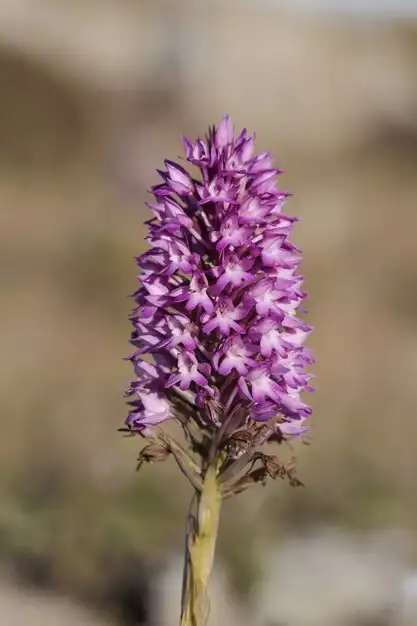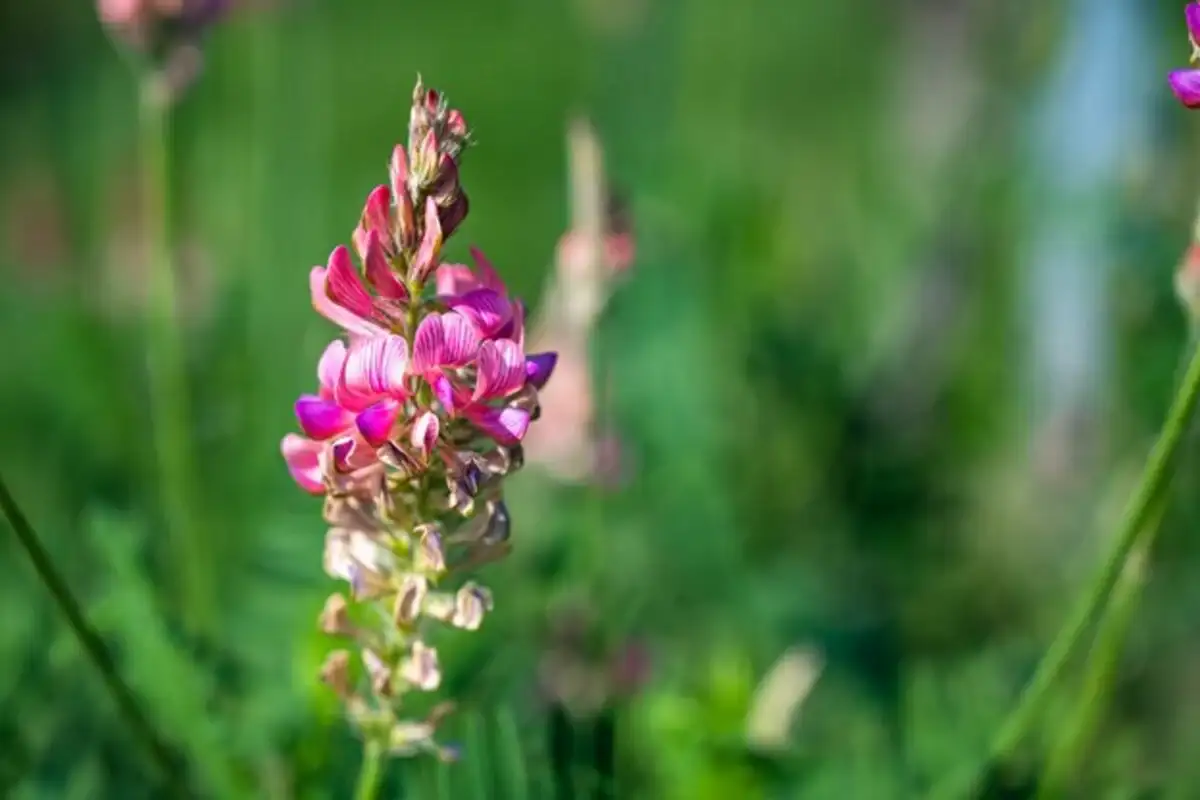Foxglove Gumshoe: A Detective’s Guide to Botanical Mysteries
Foxglove gumshoe in a world of mysteries and clues, there exists a niche yet fascinating field where the wonders of botany meet the craft of detection. Known as “Foxglove Gumshoe,” this art delves into the stories that plants tell—particularly those with toxic or medicinal properties, like the foxglove. This article uncovers the intriguing relationship between plants and investigative practices, highlighting how botanists, detectives, and forensic scientists work together to reveal hidden truths.
The Origins of Foxglove in Crime and Medicine
The foxglove, scientifically known as Digitalis purpurea, is a beautiful flowering plant with a dangerous reputation. While it holds a place of honor in gardens for its striking bell-shaped flowers, it’s also well-known for its toxic properties. Ancient healers used foxglove in minute doses to treat heart ailments, but larger amounts could cause serious harm. Today, the active compounds in foxglove contribute to life-saving drugs for cardiac patients. Yet, its darker history—rumors of poisonings, intentional or otherwise—adds to its mystique. The concept of a “Foxglove Gumshoe” emerges from this dual nature: the plant embodies both beauty and potential peril, a fitting metaphor for the detective’s world of complex clues and hidden threats.
How Plants Play a Role in Crime Scene Investigation
Plants can tell stories. To the untrained eye, vegetation may appear as mere background, but to a foxglove gumshoe—an investigator who uses botany as a tool of inquiry—every plant is a potential witness. Here are ways that plants contribute to forensic science:

- Location Clues: Plants can reveal the location of a crime. For example, certain plants only grow in specific climates or soil types, helping investigators identify possible crime locations or even leading them back to a suspect’s home area.
- Time of Death: The growth stages of plants around a crime scene or on a victim’s clothing can help estimate the time of death. For example, how a plant’s life cycle is affected after being trampled can provide insights into how long ago the disturbance occurred.
- Toxicology and Poison: The foxglove, along with other poisonous plants like hemlock and belladonna, has been historically used in both medicine and malice. Traces of these plants in a body can suggest intentional poisoning, revealing critical details about the crime.
Foxglove Gumshoes in Literature and Real-Life Cases
Stories of detective botanists are few, but where they do appear, they captivate readers and viewers alike. Agatha Christie’s novels, for instance, often incorporated botanical elements, reflecting her own background as a trained pharmacist. Poisonous plants, like foxglove, were commonly woven into her murder mysteries, making plants as integral to the storyline as any character.

In real life, forensic botany has helped crack complex cases. One landmark case involved a forensic botanist who used the analysis of tree leaves to link a suspect to a crime scene. Another case saw experts examining algae on drowning victims to identify water sources, linking bodies to specific locations.
Tools and Techniques of the Foxglove Gumshoe
Botanically-inclined detectives use a variety of tools and methods to unlock clues hidden in plants:
- Microscopy: Examining pollen or microscopic plant cells can reveal where a person or object has traveled. For example, pollen samples can be as distinct as fingerprints, providing powerful location evidence.
- Chemical Analysis: Techniques like gas chromatography help detect plant-based poisons in bodily tissues or fluids, even in small concentrations. This allows investigators to trace the origin of toxins, sometimes pointing to specific species or regions.
- Soil Analysis: Soil contains an ecosystem of microorganisms that vary from one area to another. By examining soil on a suspect’s shoes or clothing, investigators can sometimes pinpoint exact locations.
Why Foxglove Gumshoe Matters in Modern Forensics
Today, forensic botany plays an expanding role in environmental crime investigations, illegal drug cultivation, and even biosecurity. The “foxglove gumshoe” detective may investigate anything from plant poaching to illegal wildlife trade, applying botanical knowledge to cases that require more than just traditional detective work.
Consider the case of illegal logging. Certain species of trees are protected, and transporting them across borders without permits is a serious crime. By analyzing the wood, botanists can determine its species and even its original location, helping law enforcement track down smugglers. Similarly, in wildlife trafficking, seized plant-based products are often examined to verify if they come from endangered species.
Becoming a Foxglove Gumshoe: Skills and Education
Becoming a foxglove gumshoe requires a blend of botanical knowledge, forensic science, and investigative skills. Many universities now offer specialized programs in forensic botany or environmental forensics, and professionals often start with degrees in biology or environmental science. Additional training in criminology or forensic science prepares them to apply their skills in the field.
Skills for Foxglove Gumshoes:
- Botanical Expertise: Knowledge of plant species, life cycles, and habitats is foundational.
- Analytical Skills: Ability to analyze plant material, whether under a microscope or through chemical testing.
- Attention to Detail: Crime scenes can contain minute plant fragments; the ability to spot and interpret these is crucial.
- Problem-Solving: Like any detective, a foxglove gumshoe must piece together clues and navigate unexpected twists in their cases.
Challenges in the Field
Foxglove gumshoes face several challenges. For one, plants are transient—decay, growth, and weather can quickly change the scene. Gathering evidence in the field is a time-sensitive process, as a few days can alter plant material beyond recognition. Furthermore, plant-based evidence is often circumstantial and requires corroboration from other forms of forensic analysis, such as DNA evidence or fingerprints.
Another challenge lies in public perception. Plant-based evidence is less understood and can be more difficult to explain in court. Botanists who serve as expert witnesses must often simplify complex biological concepts for juries while maintaining the integrity of their findings.
The Future of Foxglove Gumshoe in Forensic Science
The role of forensic botany is likely to grow as technology advances. DNA analysis, for instance, has revolutionized forensic science, and botanists are now developing plant DNA profiling techniques that could become as common as human DNA analysis. This could allow investigators to match plant samples with high precision, even identifying individual plants in some cases.
With environmental crimes on the rise and the recognition of ecosystem protection as a legal priority, foxglove gumshoes are expected to become even more crucial. These experts will work alongside traditional detectives to safeguard biodiversity, uphold environmental laws, and unravel mysteries where plants hold the keys.
Conclusion
The foxglove gumshoe stands at the intersection of nature and mystery, unveiling secrets that plants whisper in silence. As forensic science evolves, the role of plants in criminal investigation expands, challenging detectives to think beyond the human sphere and consider the botanical world as a keeper of clues. In an era of rapid technological advancement and environmental concern, the foxglove gumshoe represents an exciting frontier in the pursuit of truth—where beauty, danger, and discovery intertwine. See More












1 comment